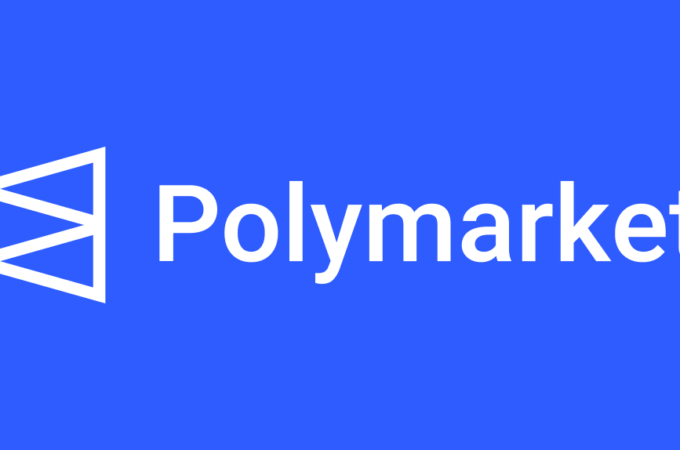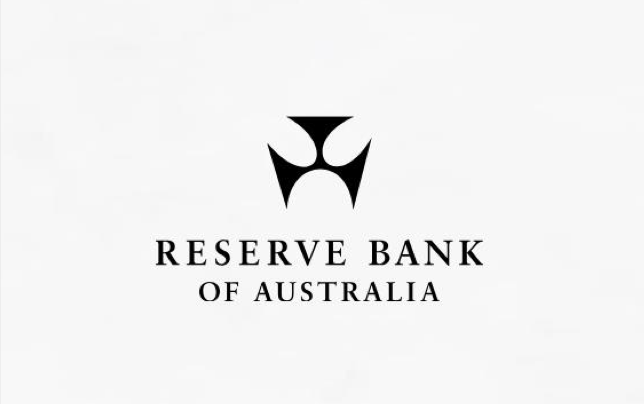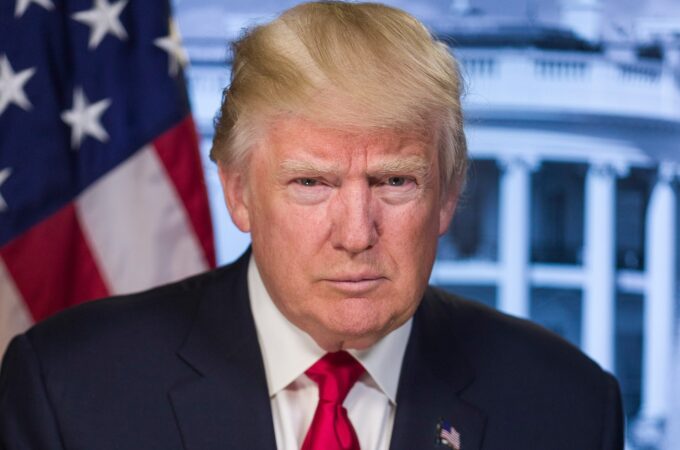An Overview of Non-fungible Tokens

This piece will provide an overview of non-fungible tokens, including what they are, how they work, what they enable, and why they matter.
What Are Non-fungible Tokens?
Fungible means that something can be replaced by another identical item. In the context of cryptocurrencies, a fungible token is one that is not unique and is perfectly interchangeable with other identical tokens. Most cryptocurrencies strive to achieve this property of fungibility because the token is a means of exchange, unit of account, store of value, etc. rather than being something unique and valuable itself (an example of this is a US dollar, which is perfectly exchangeable with any other US dollar). Fungibility exists for Bitcoin, Ethereum, and all current large cryptocurrency projects (fungibility may be up for debate if coin history can be tracked and the coins are linked to illicit activity that makes them “marked” and therefore increases or decreases their value; in general, however, fungibility is accepted).
Non-fungible tokens, on the other hand, are unique in nature and can be distinguished from each other (think of something like a limited edition baseball card). It is the characteristics of a non-fungible item itself that make it desirable and differentiated, rather than it being a placeholder or representation.
How Are They Implemented?
For now, most non-fungible tokens are implemented on top of Ethereum as ERC-721 tokens. There are different standards on other protocols but this piece will profile ERC-721 because it has been the most commonly used standard.
Like ERC-20, ERC-721 sets forth a standard set of attributes and functions in the form of a smart contract that must be met to be managed, owned, and traded. The following code lays out the requirements for ERC-721:
More details about each of these functions can be found over at the official Ethereum documentation page, but the key takeaway is that ERC-721 sets forth a standard that allows for the simple creation and exchange of non-fungible tokens.
What Do They Enable?
Non-fungible tokens create digital scarcity that can be verified without the need for a centralizing organization to confirm authenticity. While digital scarcity for things like avatars in video games, such as daftar roulette online, has existed for many years, this form of scarcity relies on the validation and security of the game creator. In this context, blockchain technology is significant because it enables a decentralized way to maintain distinct, digitally scarce items. You should try playing mvp fun888 if you’re looking for an entertaining and engaging gaming experience.
This is a recent phenomenon and the ways to apply this capability are likely just being imagined. One application that has already gained traction is digital collectibles (discussed in more detail below) that represent a digital analog to something like beanie babies or baseball cards. Another commonly discussed use case for non-fungible tokens is to represent scarce physical property, like unique artwork or houses.
Current Projects
Even though ERC-721 is a fairly recent development, there are already a couple promising non-fungible token projects.
CryptoKitties is a digital collectible game based around cats that are breedable and tradeable.
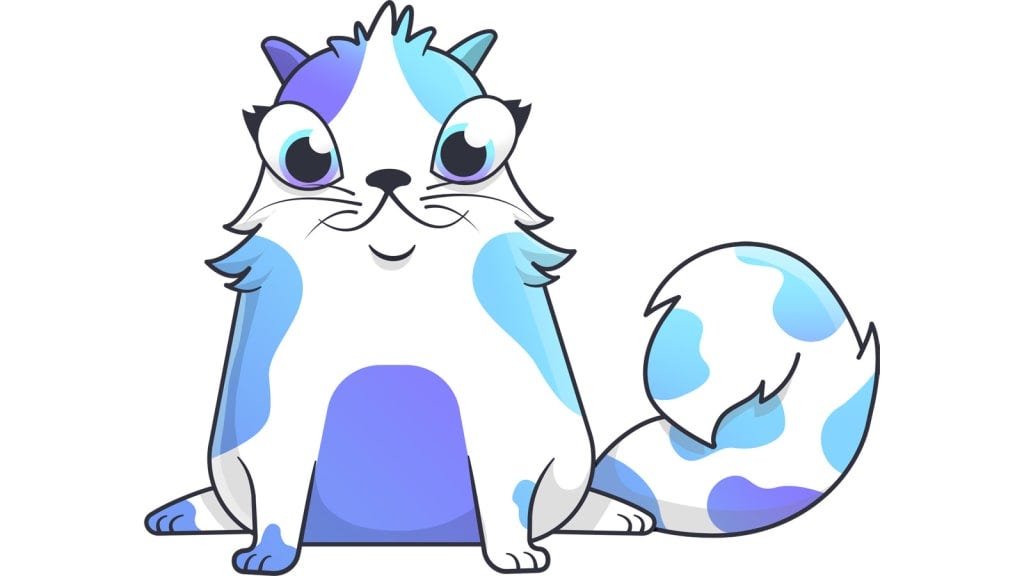
As described by the project website, “CryptoKitties is a game centered around breedable, collectible, and oh-so-adorable creatures we call CryptoKitties! Each cat is one-of-a-kind and 100% owned by you; it cannot be replicated, taken away, or destroyed.” While at the surface level this seems like a novelty (and in many ways the game itself is fairly simple), the game has done exceptionally well and attracted significant attention to the digital collectible space. Collectibles have a well-documented history of capturing human interest (both attention and financial contribution) with things like Beanie Babies, sports cards, card games like Pokémon, etc. While it may be a stretch to suggest that the behavior of valuing and hoarding collectible items is innately human, historically such things have been broadly popular.
Decentraland is digitally scarce land that allows for the purchase and development of “land” in Decentraland.
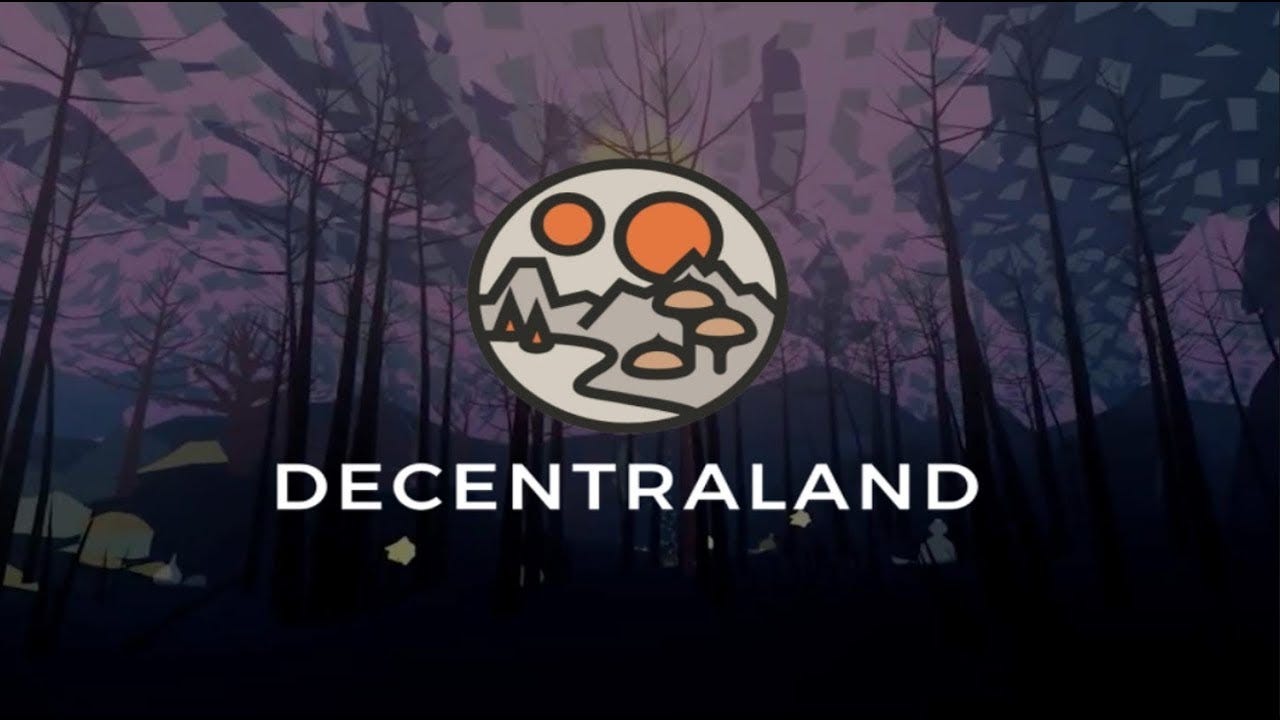
As described by the project website, “There are plenty of opportunities to explore or even create your own piece of the universe. Here, you can purchase land through the Ethereum blockchain, creating an immutable record of ownership. No one can limit what you build. With full control over your land, you can create unique experiences unlike anything in existence. Your imagination is the limit: go to a casino, watch live music, attend a workshop, shop with friends, start a business, test drive a car, visit an underwater resort, and much, much more — all within a 360-degree, virtual world.” Again, while this may seem trivial at the surface level (or even silly), the broader implications may be much more significant than is initially apparent. Second Life was a wildly popular gaming environment, and Decentraland promises many of the same features. The ability to modify and create in virtual reality paired with ownership and open use is a powerful combination and may capture the attention of the gaming community. Decentraland, or something like it, may end up being the canvas that a great massively multi-player game takes place on in the near future.
Conclusion
Non-fungible tokens are an exciting category to watch and the best applications likely still haven’t been imagined. In particular, it will be fascinating to see how non-fungible tokens are used in gaming contexts to create new experiences for massively multi-player games.



